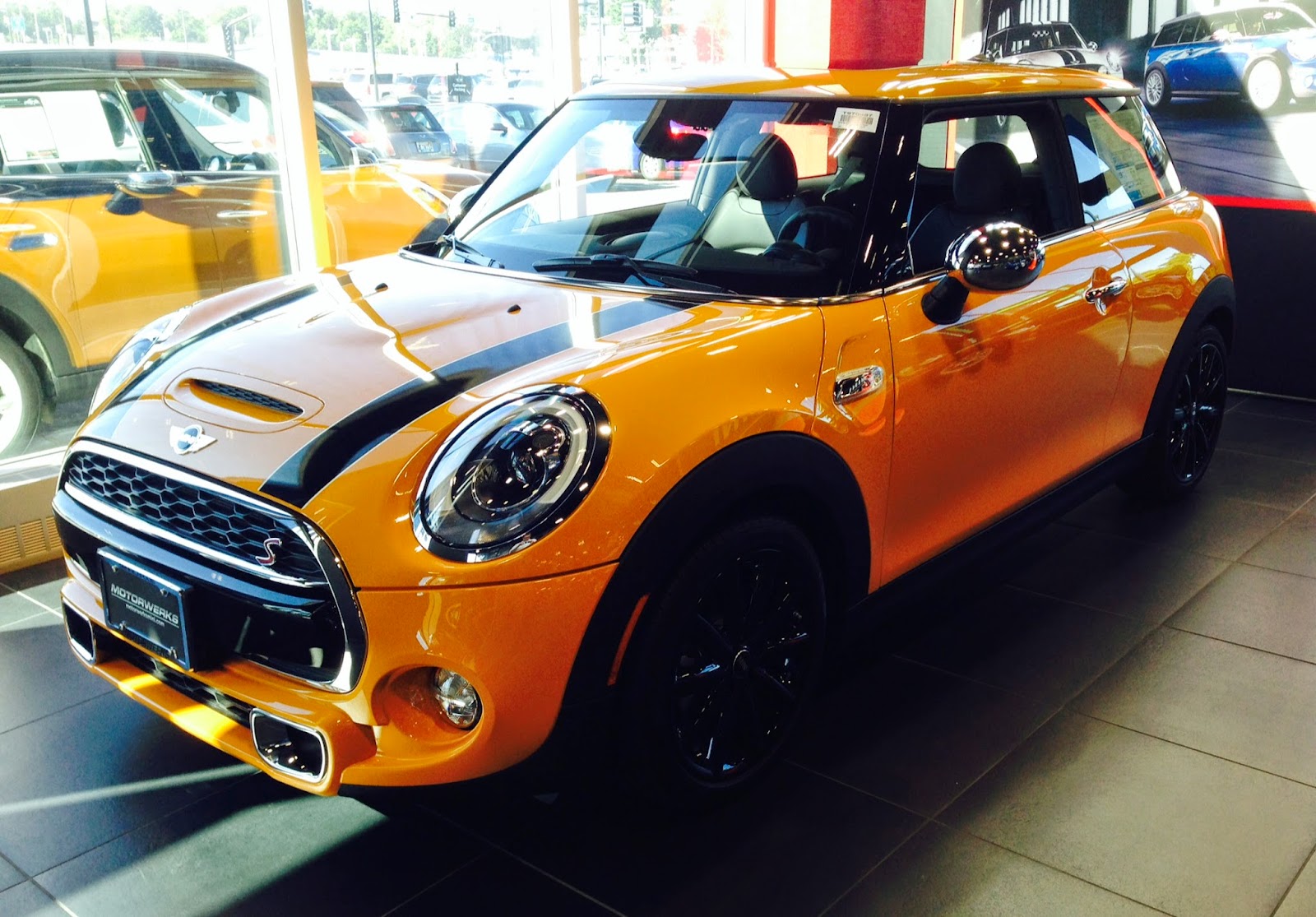By Jonathan Mellberg
photos by the author
Let me preface this blog by admitting I may not be the best
man to report on this venture. Firstly, I’m a car guy; by that I mean I believe
in owning a car at all times, and seeing myself without one is very difficult
to imagine. Plus, I’ve never ridden a bus that wasn’t owned by a school
district other than one or two Greyhound trips. And my taxi cab experiences
number less than one dozen. So, I’m not all that used to public and/or
alternative transportation. I’m not a downtown dweller; never have been and
never will be. But I do understand a need for myriad ways fellows can get
around, which is why I’ve decided to try Car2Go.
my silly friend Brandon, riding shotgun in the Smart car
I’d like to clear any possible confusion at this moment.
Car2Go is the rental service, and has nary a thing to do with Smart, the
micro-car company whose ForTwo (that’s what the model is called) is the only
vehicle that Car2Go uses in its fleets. The Smart ForTwo uses a puny 1.0Litre
inline engine utilizing only three cylinders. Output is a giggle-prompting 70
horsepower; torque is just behind that number at 68lb-ft. The ForTwo weighs
just over 1800lbs without a driver. Wow. As a reference point, a Mini Cooper
Hardtop weighs 2600lbs, a Cadillac CTS weighs 3600lbs, and the smallest,
shortest Ford Super Duty pickup truck weighs nearly 6000lbs. Visiting Smart’s
website (smartusa.com) doesn’t seem to clarify model names. The ForTwo
apparently has four trim levels: Pure Coupe, Pure Passion, Pure Cabriolet
(convertible), and Electric Drive. All are two-door models with only two seats.
Car2Go assumedly uses Pure coupes and Electric Drive coupes in their fleets.
the Car2Go Smart ForTwo outside of Cain's Chicken, St. Paul (MN)
About Car2Go’s choice of vehicles; Smart car is really an
ironic moniker. This is not a vehicle an intelligent person would buy. While I
set out to experience and review Car2Go as it was intended (as a rental), I
must (inescapably) spend a few sentences thoroughly trashing the car itself.
While the Smart car has a plus or two, it is otherwise riddled with minuses.
The car will ride down the road nicely; that is until it rolls over any crack, divot,
or any other road imperfection, whereupon the Smart will buck and kick like a
green-broke philly. This of course is due to a wheelbase shorter than any other
car on earth (probably). Acceleration is laughable, until you really need it,
then it’s scarily absent. The little car tries hard but not hard enough; the
automatic transmission shifts way too soon and much too slowly. It feels as if
the car is being shifted manually by a driver’s ed student, automatically. The
brake pedal hinge is infuriatingly misplaced; depressing the pedal is the
easiest way for the pedal to slip out from under your foot. One wonders if the
engineers actually drove this thing before releasing it upon humanity.
the EcoScore app encourages efficient (aka boring) driving
surprisingly spacious for two large adults
Naturally I’m being a bit hard on this mini-me auto. For its
intended use and function, the Smart car fits the Car2Go business model quite
nicely. The car is easy to handle, easy to see out of, easy to drive. Yes, one
must acclimate themselves to its eccentricities (and preferably before joining
the masses on heavily trafficked roads), but there are just enough positive
attributes to make the whole Car2Go experience work. For one, there is plenty
of room for two big adults (as Brandon and I proved). There is technically a
trunk, but it’s only good for a couple slim, rolling suitcases or stacked
duffel bags. The radio/navigation/apps screen is quick to be mastered, mainly
because of its rudimentary layout and minimal options/functions. You can’t even
adjust the audio controls (such as bass, treble, and balance). There is a nifty
app called EcoScore that lets you observe how frugal you’re being with the
acceleration. The navigation screen pictures a cute little animated forest,
with three trees. The better you drive (a combination of acceleration,
steadiness, and coasting), the more the squirrels, birds and bunny rabbits come
out to play in these healthily growing trees. Frankly, it’s kinda dumb, yet
somehow addicting to watch. Just what one needs while driving…
All in all Brandon and I had a very enjoyable experience.
Sure, neither of us would ever consider a Smart car as a practical, everyday
means of transportation. But for what it is, especially with Car2Go, I can’t
think of a better vehicle for their purpose (and yet I can’t help but wonder
why Ford or Chevy weren’t tapped for their entry-level autos). It is by far the
easiest rental experience ever. No more dealing with rental agencies, hoping
your reserved car is still waiting for you, worrying about purchasing extra
insurance, or fretting over how much gas was in the car you rented or how much
needs to go back in. Car2Go has fast-tracked the entire process, offering a
very modern, technologically influenced way of getting from here to there. Do I
see myself using Car2Go again? It won’t be often; my wife and I each have our
own vehicles. But if mine ever needed to visit an auto dealer for repairs, I
won’t be opposed to walking right up to another Car2Go Smart Car and swiping
one for the hour, day, or maybe even week. I highly recommend anyone try it for
themselves.
-Thanks for reading The Wheelspin Journal-
photo by the author






























.jpg)

























